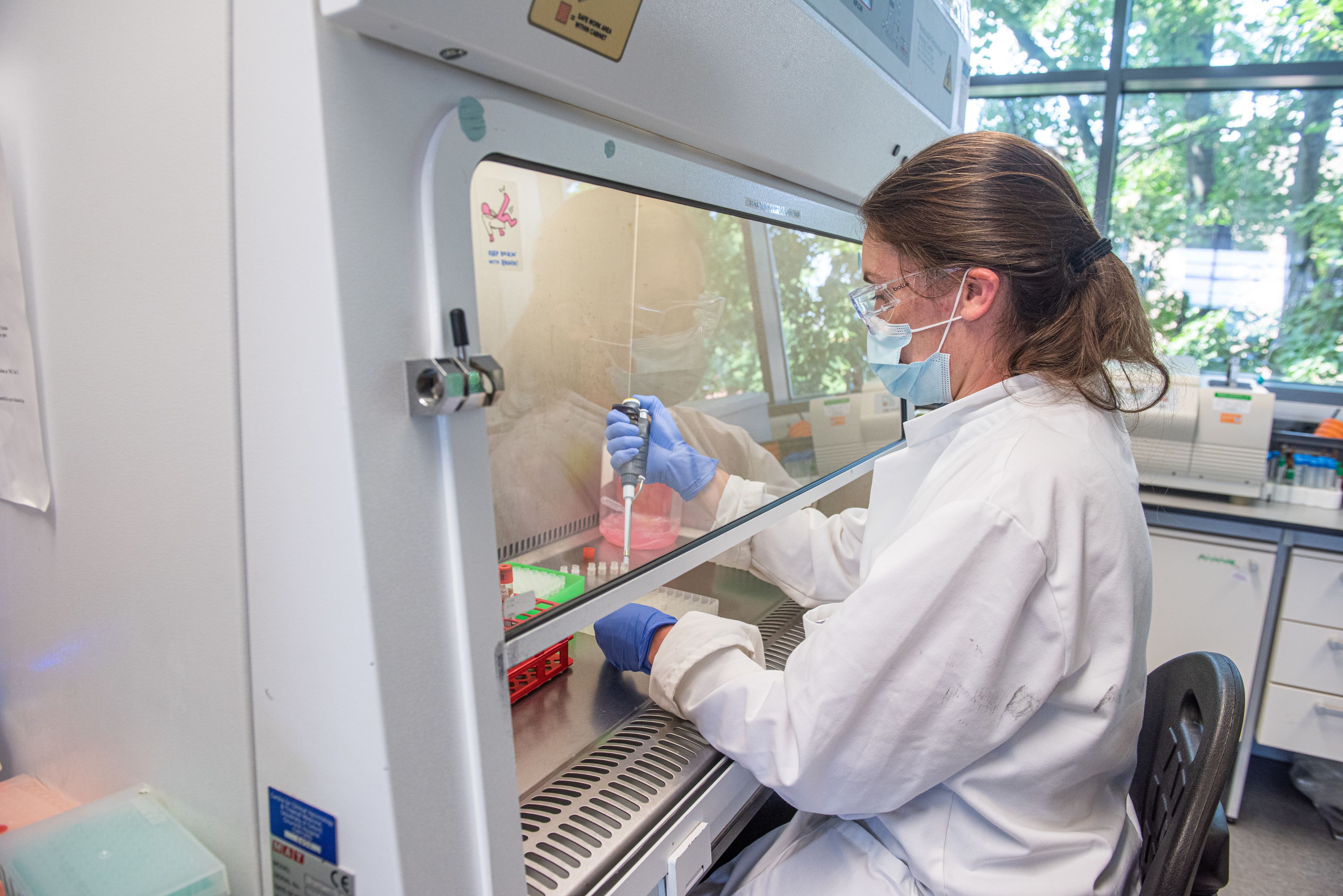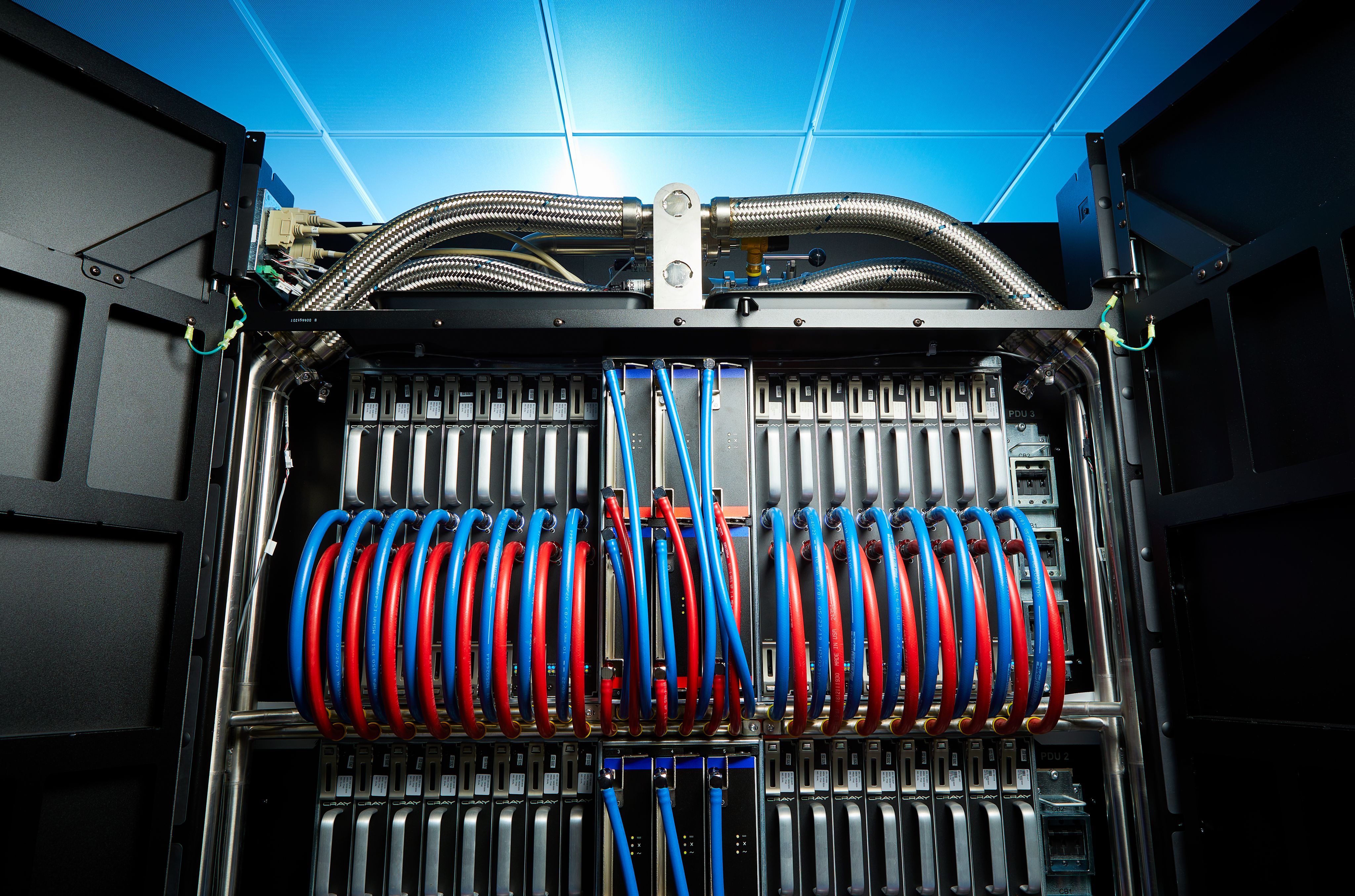The supercomputers that helped in the fight against COVID-19
Digital research infrastructure was key in the fast response to the coronavirus pandemic. A high-performance computer, ARCHER, played a pivotal role by enabling researchers to run simulations that helped design vaccines and medicines.
High performance computing (HPC) resources provided an essential tool in the fight against COVID-19. During the pandemic, UKRI led a consortium of HPC facilities across the UK to focus their power on addressing the challenges posed by the virus. This included the Advanced Research Computing High-End Resource (ARCHER), a supercomputing facility at the University of Edinburgh.
Supercomputers can perform simulations and calculations at a rate and scale that is not possible using conventional resources. ARCHER’s combination of high-capacity processing power, memory, data storage and networks enabled researchers to run computer simulations that helped design COVID-19 vaccines and medicines.
“In the early days of the pandemic, the UK’s biomolecular simulation community recognised the pivotal role they could play in combating the virus if they worked together with experimental colleagues to help develop the antivirals and vaccines the world so urgently needed,” says Professor Syma Khalid, Professor of Computational Microbiology, University of Oxford, and chairperson of HECBioSim, the organisation that assigns computing time on ARCHER.

Scientist working in a lab at the Oxford Vaccine Group. Credit: UKRI
Scientist working in a lab at the Oxford Vaccine Group. Credit: UKRI
With its vast amount of raw computing power, ARCHER was able to run the extremely resource-intensive simulations of viral infections. “If we imagine two pieces of LEGO, there is one that represents the virus and another that represents humans. Unfortunately for us, those two LEGO pieces come together and fit rather well. We used computer simulations to design new LEGO pieces that prevent that tight fit, and thereby prevent the virus from infecting people,” explains Professor Khalid.
ARCHER was a centralised resource, available free of charge to UK academics. This meant that UK academic teams were able to come together and work on solving different problems around the common goal of preventing and treating COVID-19.
In 2021, ARCHER was superseded by ARCHER 2, which is 11 times more powerful than its predecessor.
Image: The ARCHER2 Service is a world-class advanced computing resource for UK researchers. ARCHER2 is provided by UKRI, EPCC, HPE Cray and the University of Edinburgh.Credit: Mark Parsons
